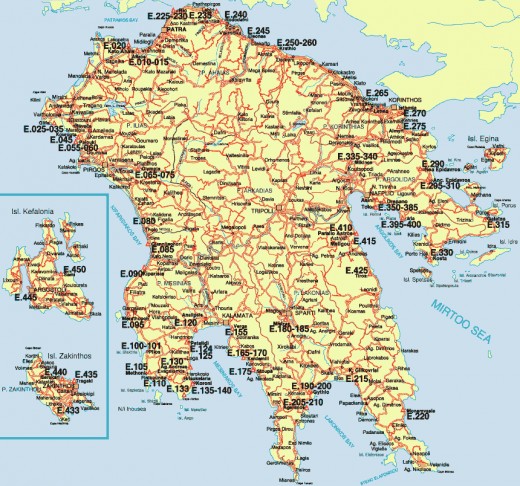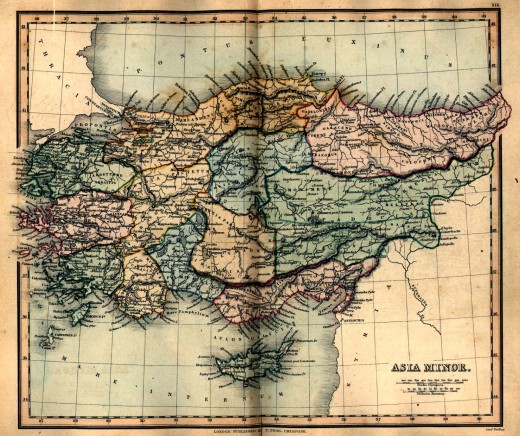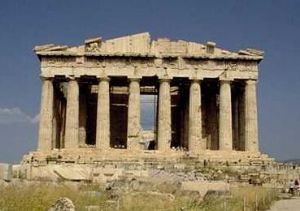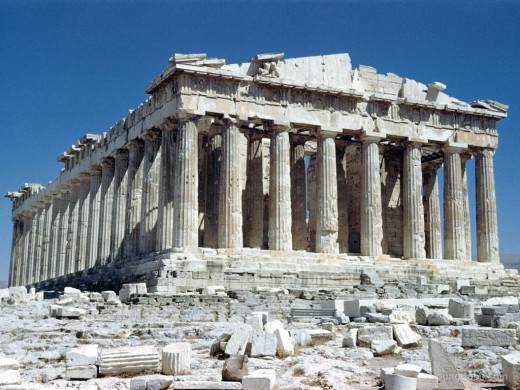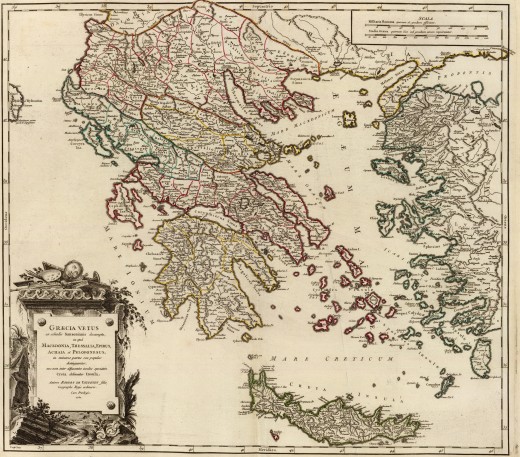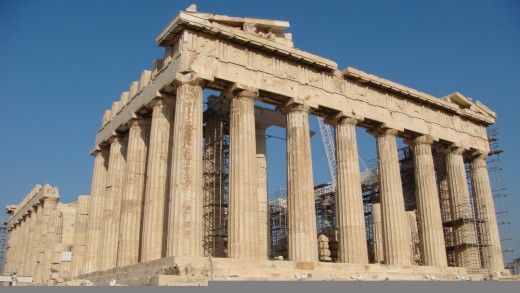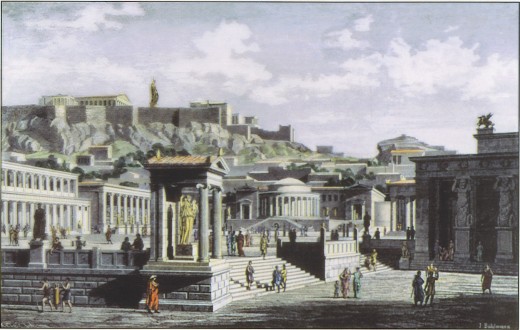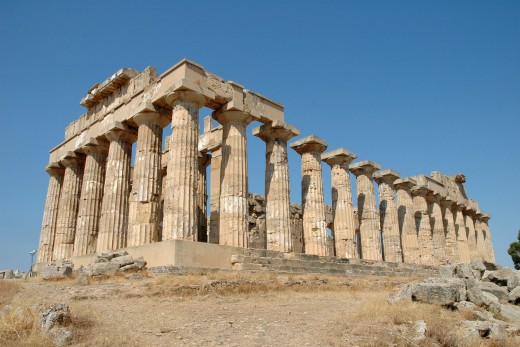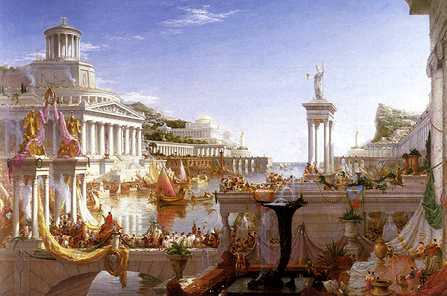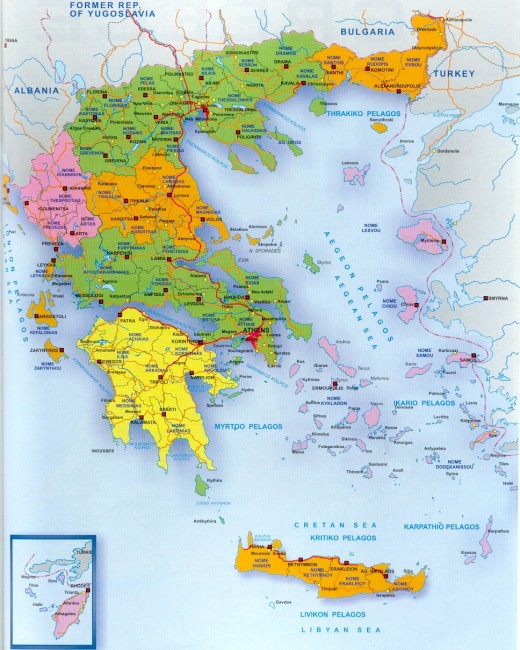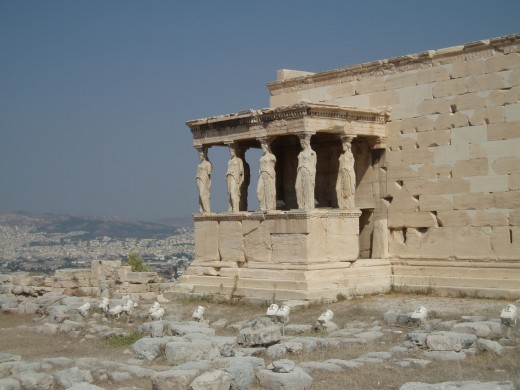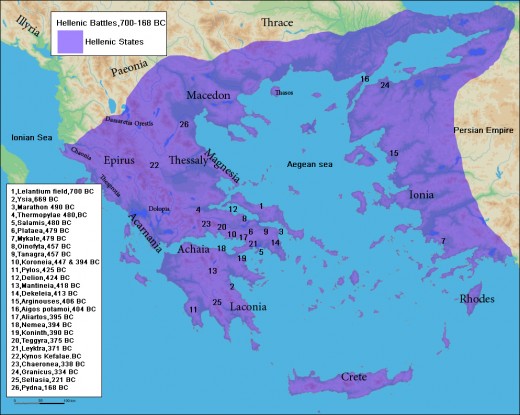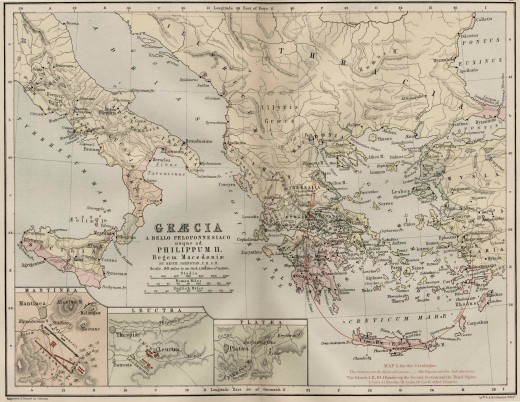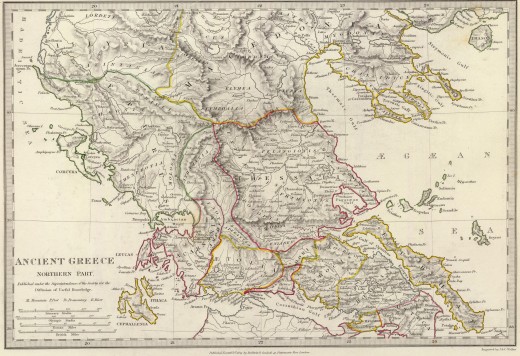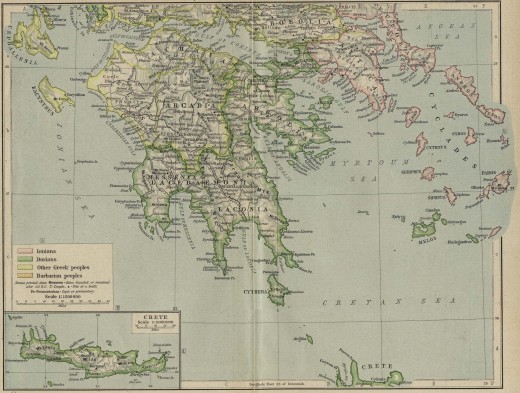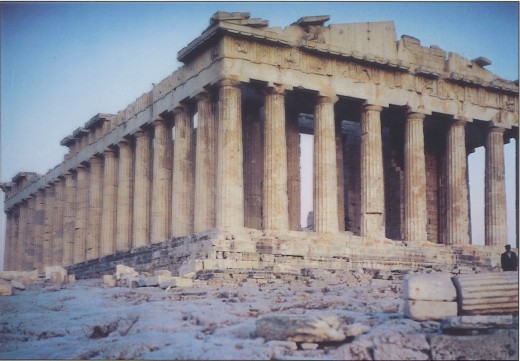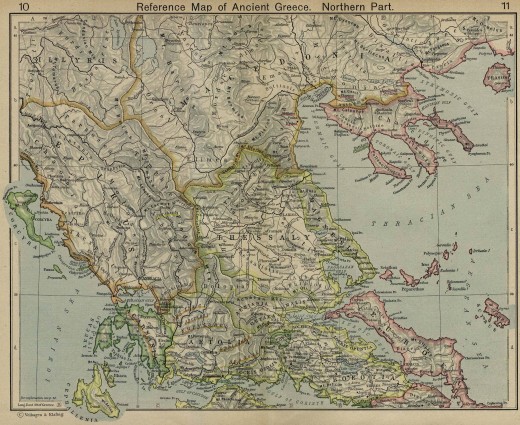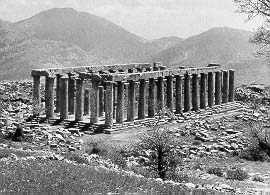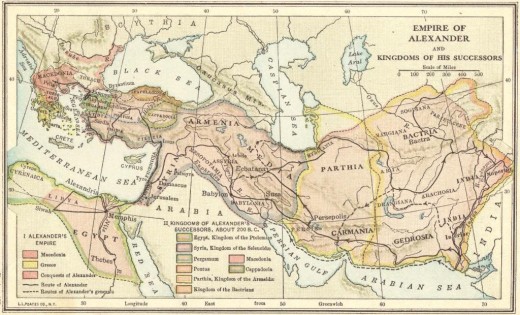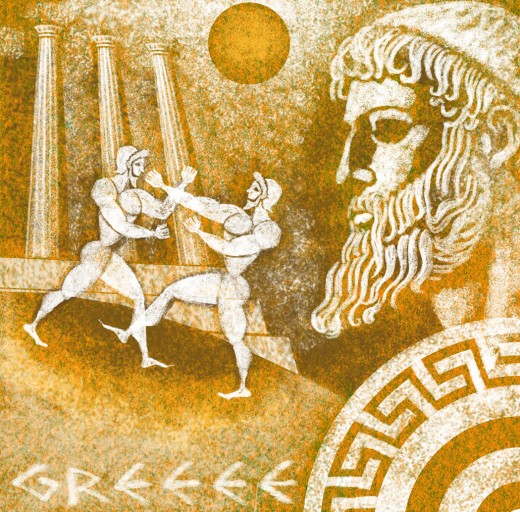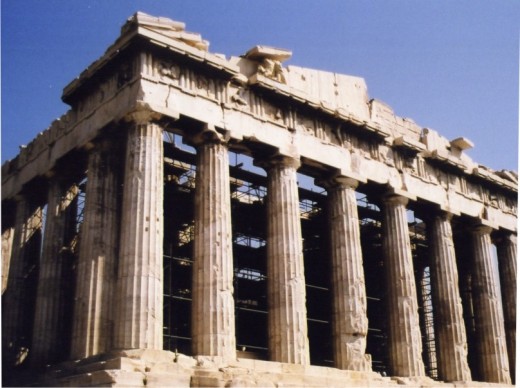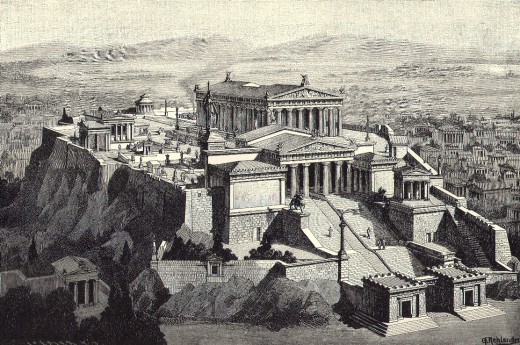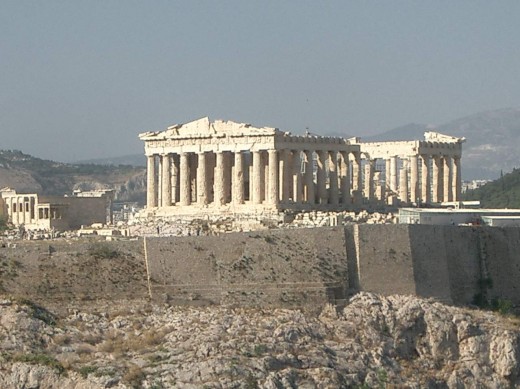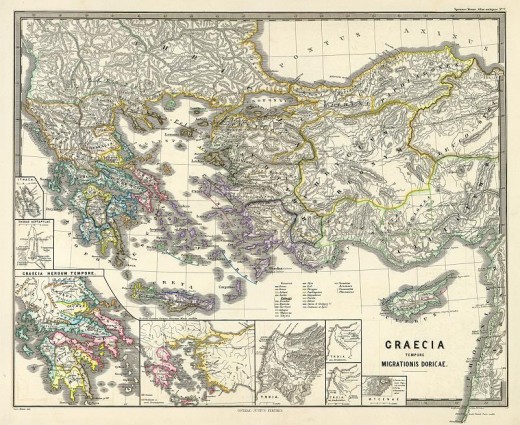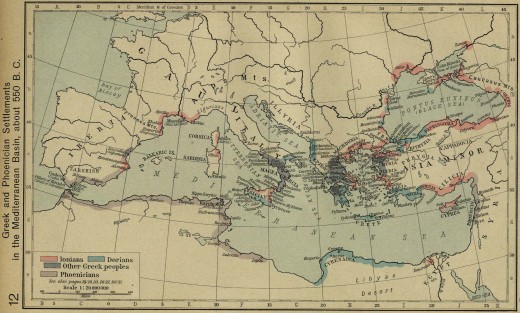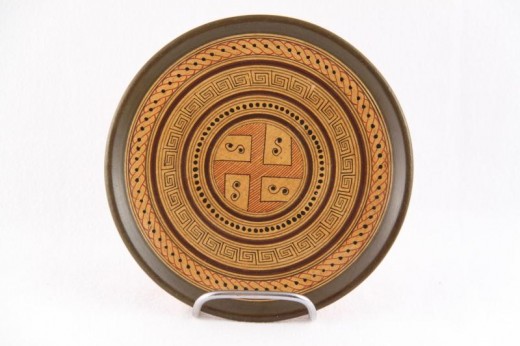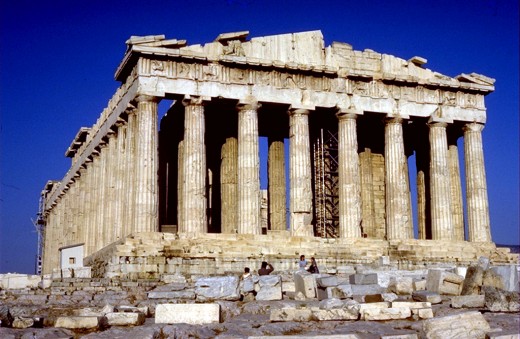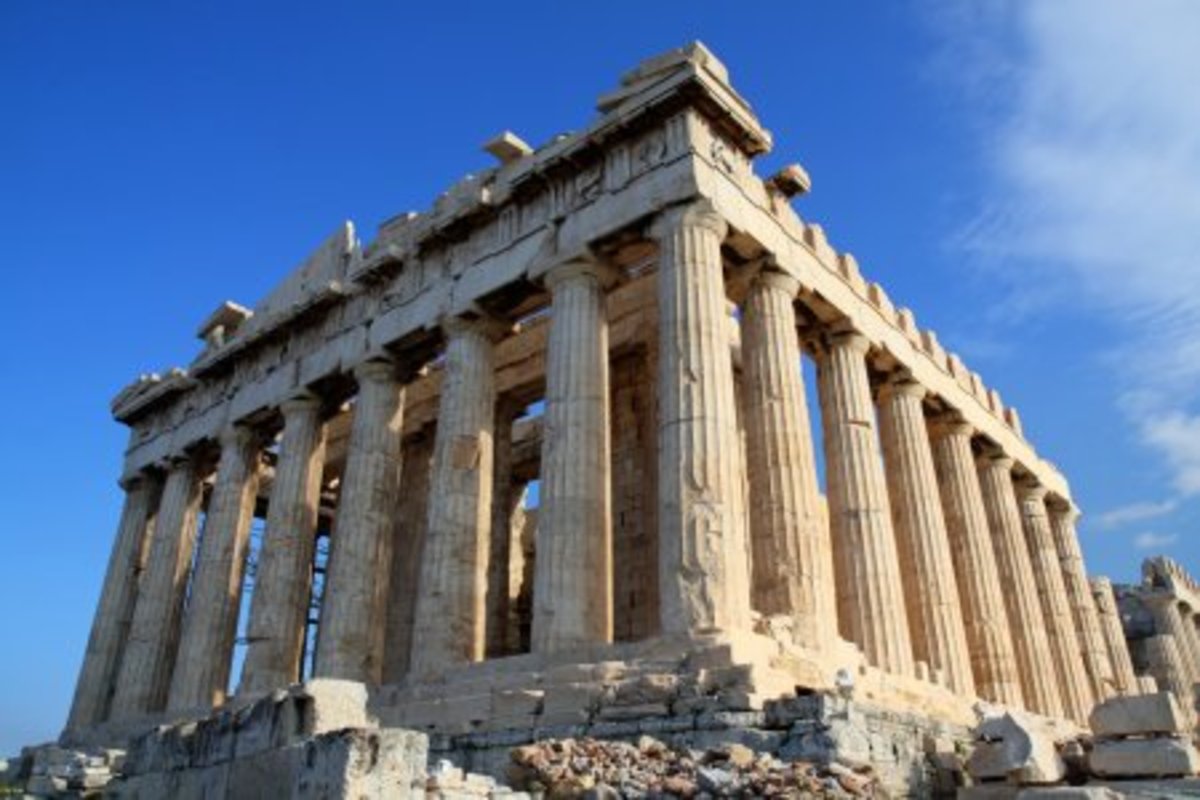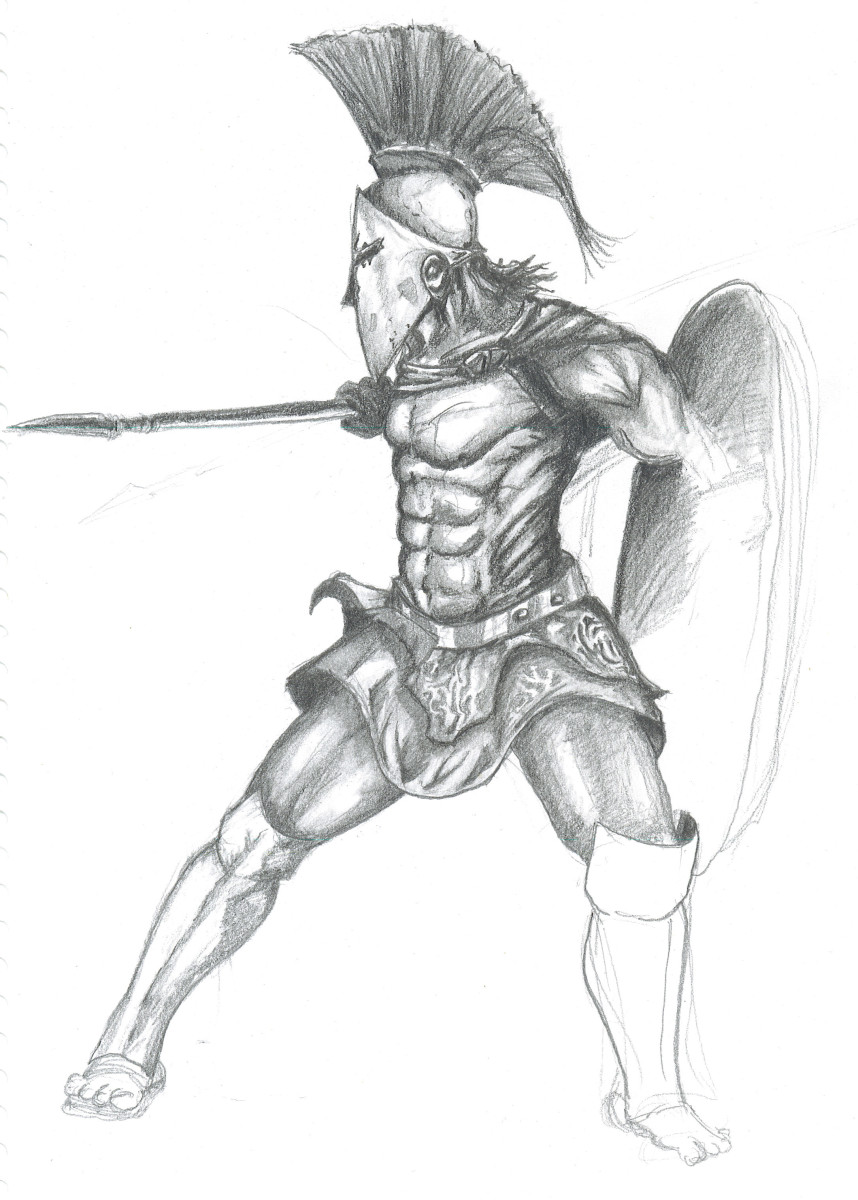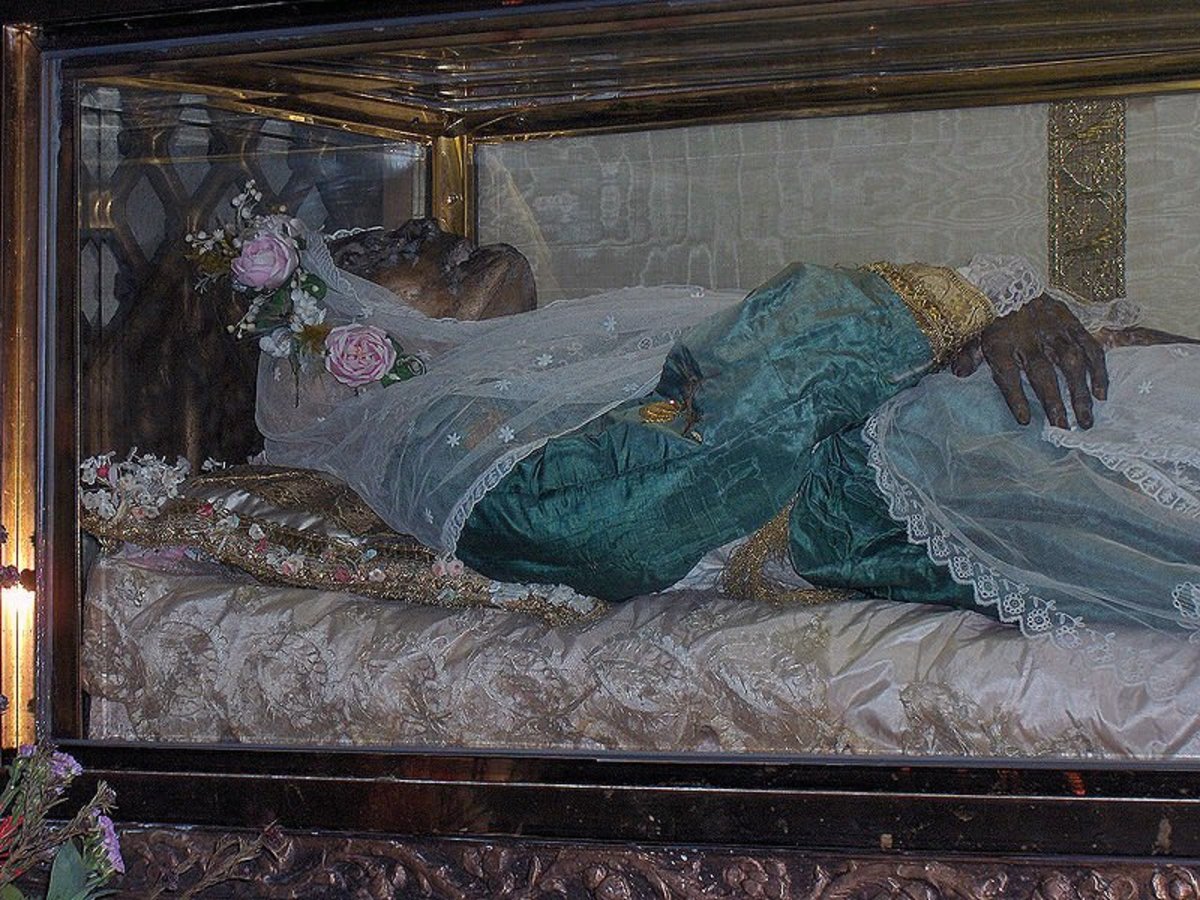Discover The World of Ancient Greek Culture of Greece
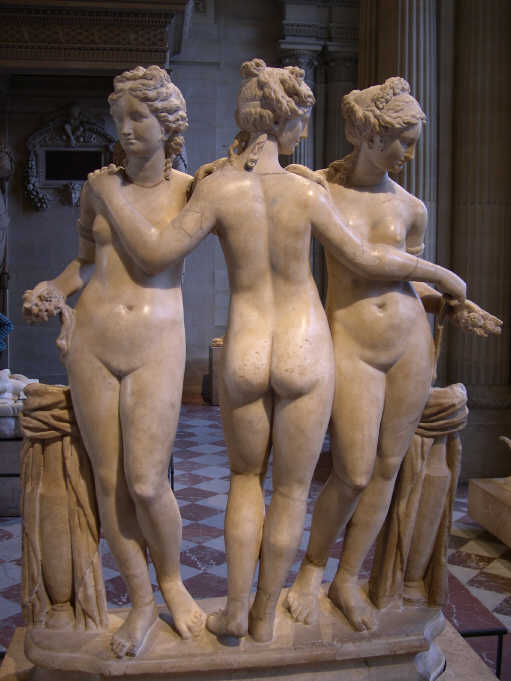
Ancient Greece is considered by most historians essential influence and founder of what we think of today a culture, and for the western civilization Greek culture had a major influence on the Roman Empire , which in turn left their mark on European identity.
To put it another way: the civilization of the ancient Greeks had a great influence on the language, politics, educational systems, philosophy, science, art and architecture in the modern world, in addition to the continued life of the Renaissance 14-1500-s.
"Ancient Greece" is a term used to describe the Greek-speaking world in ancient times. The term refers not only to the Greek peninsula and the modern Greece, but also to areas of Hellenic culture that were inhabited by Greeks namely:
Cyprus and the Aegean Islands , the coast of the Aegean Sea, called Anatolia (then known as Ionia), Sicily and southern Italy , and the scattered Greek settlements on the coast of Illyria , Thrace , Egypt , Cyrenaica , southern France , east and northeast of the Iberian Peninsula , Iberia and Tauris .
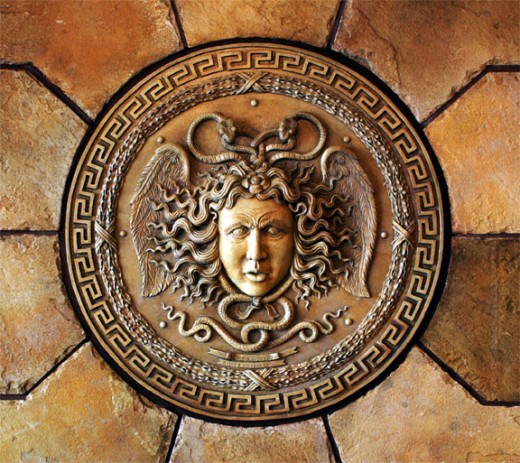
3 Periods of Ancient Greece Historically
The period of Ancient Greece is usually divided into three periods. The first period is called the Archaic period , and is the period when the Greek city-states began to develop, roughly from the 9th century BC to the Persian Wars (500 BC), marking the end of the Archaic era.
After the Persian Wars is Greek history in Classical times , which was the highlight of the ancient Greek world, because of all the culture that flourished in this period. The classical era lasted until Alexander the Great's conquests 323 BC
The period after Alexander called the Hellenistic period . Hellenism and the ancient Greek period is usually ended by the Roman conquest of the Greek peninsula in 146 BC
From about 800 BC have been discovered and found sources that tell of a Greek culture in progress and growth. The new Greek civilization was not centrally controlled, as the old high culture , but divided into many small, autonomous communities that grew up around the local defense , the acropolis . The word acropolis means "city on the top," a small fortification on top of hills in the countryside to escape there when foreign armies marched across the earth .
The Acropolis was, as the Greek culture asserted itself, an important gathering place . Just below the acropolis created the often small trading centers or markets, agora , where goods were exchanged between the farmers, probably with foreign traders. The city was in other words, the military and economic power center in the state, despite the fact that the Greek society was still an agricultural society, and that power was largely in the hands of men with large estates.
Power distribution in this time of the city-states was the Greek monarchy , but since agriculture was the foundation of the Greek community, land-owning aristocracy sat on the real power. Land owning aristocracy also served as a warrior stand, when they were the only ones with sufficient resources to have weapons. Aristocrats in each city-state fought an internal power struggle among themselves for more land and power: for it was the aristocracy who were "the state". Small peasants were naturally those who suffer most under aristocratic power struggles.
Iron was easier to obtain and produce than bronze. Indeed, bronze was so expensive and difficult to obtain, that it helped to maintain the aristocracy of power, when they were the only ones who had the resources to acquire bronze weapons. With iron there developed Greeks around 600 BC, called hoplites , peasant soldiers, who went to war in close formation, phalanx . The peasant-dominated hoplite armies led to the peasantry having more power in the army than in the past, the power of the Greek civilization being, in reality a military power.
In the Iron Age was introduced to Southeast Europe already around 1500 BC, the Hittites , an Indo-European ethnic group. Because of the iron quality and simple extraction procedure, the Hittites tried to keep the recipe behind the manufacture of iron a secret, but in the long run, it was impossible.
Eventually landed aristocracy in conflict with a growing commercial class, which was more powerful over time, and the Greek trade and culture flourished (coins were introduced in the Greek culture around 680 BC).
One sees the development from monarchy to tyranny (and perhaps back to monarchy again) in many city-states. As tyrants abused power and were overthrown and replaced by new tyrants, most states developed a form of democracy. They established national meetings that met at certain times, and through these meetings, they developed new laws.
The development of Greek culture
In 700-BC the Greeks began to develope a writing system, originating from the Phoenicians (similar to our own alphabet). For this reason we have written source of Greek culture after the dark centuries that are easy to decipher, and it is the Greek culture of ancient Greece many expect that the cultural foundations of Western culture.
Despite the fact that the Greeks were never collected in a centralized state, they considered themselves as a separate nation. They distinguished between Greeks and barbarians (from the Greek, "those who babble incomprehensibly").
By the sixth century BC , Athens, Sparta , Corinth and Thebes, the four dominant city-states. Within the transport and trade, it was Athens and Corinth which dominated.
Athens and Sparta developed gradually to become by far the most powerful city-state and eventually came to lead the way on each side in a bloody conflict that divided up the whole of Greek civilization.
The two states were very different, both culturally and socially, such as democracy Council in Athens, while Sparta was still a monarchy.
Athens was located in an area, Attica , who was not particularly suitable for conventional agriculture. For this reason, the state produced mainly olive oil and other luxury goods, which they traded agricultural commodities with.
Persian Wars
At the end of the 6 century BC , Darius the Great dominated a vast empire, from western China to eastern Europe. In 513 BC Darius conquered for the first time Thrace and Macedonia The Macedonian king Alexander I became his vassal.
In 499 BC the Ionian Revolt broke out, initiated by Aristagoras in Miletus.
Ionian cities threw tyrants that the Persians had set over them, formed a union and asked for help from the other Greeks. Athens sent twenty ships and Eretria five, and the fleet helped spread rebellion along the coast.
In 498 BC the Greeks conquered and burned Sardis, which required a Persian response in the form of an invasion. The Greek fleet was crushed at the battle of Lade in 494, and the Ionian cities sacked, although they did have democratic governments afterwards.
In 492 BC an army, commanded by Darius' son-Mardonius, overran Thrace and Macedonia, but in trying to attack Athens, his fleet was wrecked in a storm at Mount Athos.
Just about the whole army was killed, and turned Mardonius damaged to home. The Athenians managed to beat the Persians in the Battle of Marathon and at Salamis .
Persian Wars marks the transition from archaic times to the classical period in Greek history
Classical Period
After the Persian Wars several city-states came together in an alliance that was supposed to be a defense against future attacks from Persia. These were called the Delian League , and was founded in 477 BC . Athens was the natural leader of the League, when she accounted for the largest fleet in the Greek world. In a few decades, Athens was able to link itself into an Athenian empire, which led to dissatisfaction among some city-states.
In 433 BC, there developed a conflict between policies Corcyra and Corinth . As a result, Corcyra had to ask Athens for help, an alliance that would mean that Athens came into conflict with Corinth, Sparta and her allies. This would mean a violation of an alliance which prevented Athens from expanding their empire. The request from Corcyra led to a vigorous debate in the National Assembly in Athens, but eventually followed the advice of Pericles to enter into alliance.
Sparta tried several times to resolve the conflict diplomatically, because they wanted to avoid a conflict with Athens. Pericles, for his part, insisted on Athens' claim, and did not want to compromise with Sparta. War was inevitable.
The first part of the war lasted from 431 to the peace of Nicias in 421 BC , in which Sparta and Athens signed a peace treaty that would hope to last for 50 years. The peace would not last, and in 413 BC was the fighting started again and lasted until the total defeat of Athens in 404 BC
Asia Minor
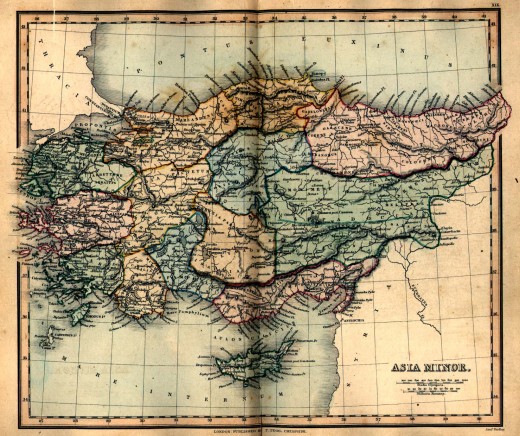
Gallery of Ancient Greece
Click thumbnail to view full-size





































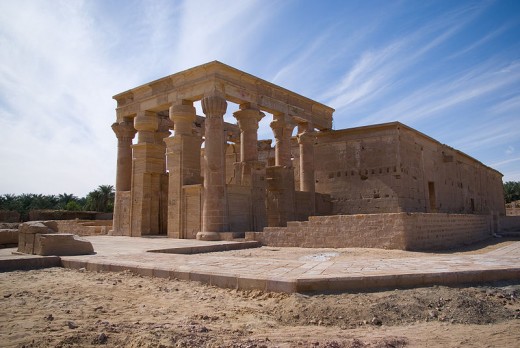
Alexander the Great's conquests
After Philip had established a Macedonian military and diplomatic hegemony in Greece, took Alexander away in 334 BC on his famous conquests. The first and most famous was the one that defeated and subjugated Persia. He crossed the Hellespont into Asia Minor with about 40,000 Greek and Macedonian soldiers and defeated the Persian army at the Granicus River, and came up with to free Greek cities in Caria, Lycia and Pamphylia along the west coast of Asia Minor, called the Ionian coast. At Halicarnassus in Caria, was achieved the completion by Alexander the first of many sieges.
Alexander left a vast realm of Persian-Greek culture to his successors
His kingdom was first divided into four major parts: Cassander ruled in Greece, Lysimachus in Asia Minor and Thrace , Seleucus Nicator I in Mesopotamia and Syria , and Ptolemy I (or Ptolemy Soter) in the Levant and Egypt .
Soon Lysimachus took Cassander's 'part and the kingdom was divided into three parts, controlled by Ptolemy Soter in Egypt, Antigonus Monofthalmos (literally "One-eyed" in Greek), and Seleucus in the Mideast.
Around 281 BC , consisted only two dynasties of Alexander's empire - the Seleucid Empire in the north and the Ptolemaic dynasty in the south.Many cities still bore Alexander's name: Alexandria , Alexandropolis and other aleksandriske names were scattered across the landscape he had captured. The dream he had to join the Greek and Persian cultures-- these died shortly after him. Macedonians and Greeks pushed the Persian culture to a less significant position.

